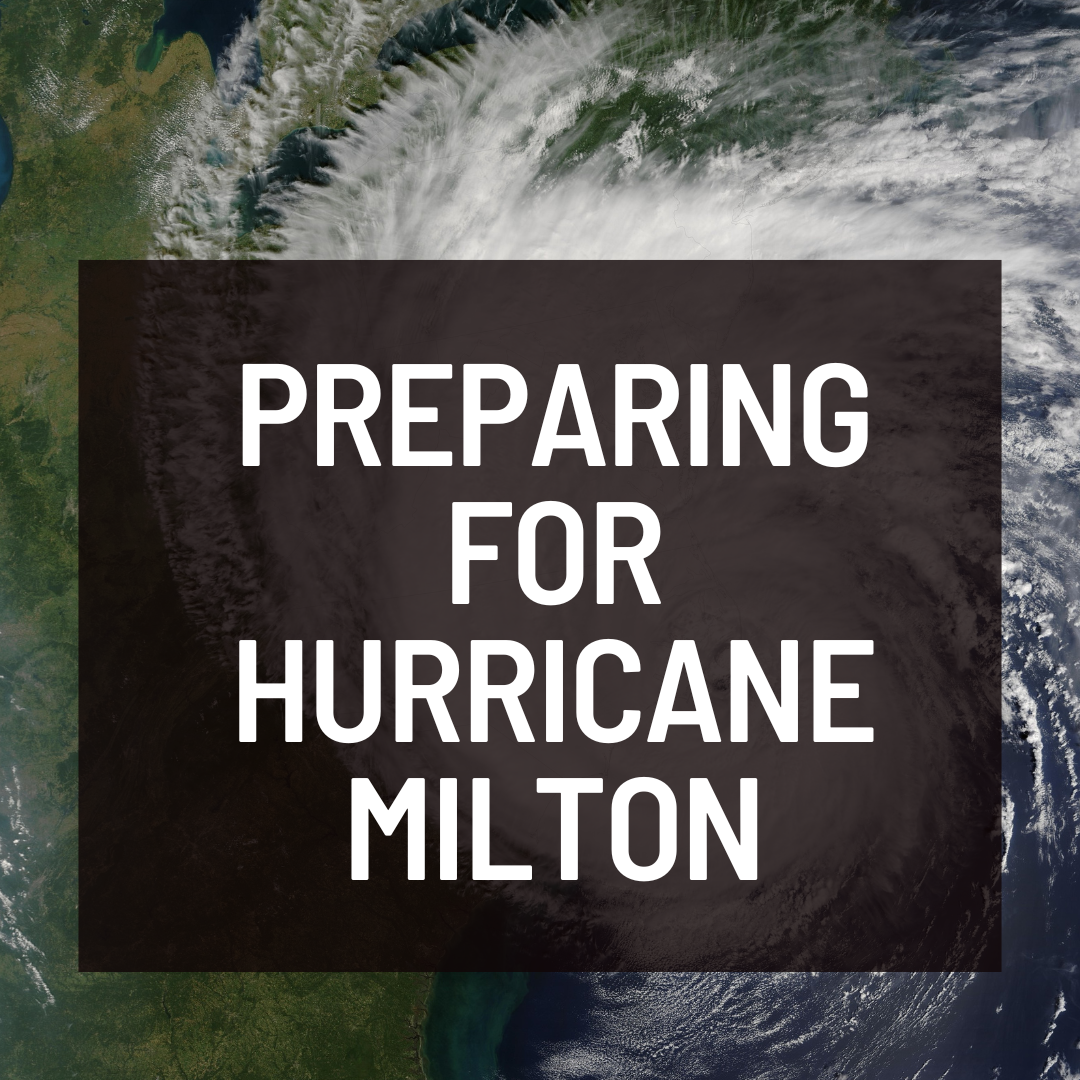Preparing for Hurricane Milton: Seminole County Evacuation Plan
Table of Contents
Hurricane Milton: An Overview
Semin County Evacuation Plan
Understanding the Evacuation Procedure
Evacuation Shelters in Seminole County
Preparing an Evacuation Kit
Emergency Contacts and Resources
Staying Informed: Communication Channels
Preparing Your Home for the Hurricane
Ensuring Safety During the Evacuation
Gathering Important Documents and Essentials
Evacuation Transportation: Routes and Options
Assistance for Vulnerable Populations
After the Hurricane: Returning Home Safely
Conclusion
FAQ
Hurricane Milton: An Overview
Hurricane Milton which is so far a worrisome hurricane and possibly dangerous is expected to hit Semi nole County land in the next coming days. If this storm is approaching then people living in this coastal area need to be secure and this is achievable if there is a good evacuation plan in place. This paper will provide a total guide and checklist of all that a Seminole County residents should know about the evacuation process and the checklist needed for an evacuation process.
For more articles check Newsworldportal
Seminole County Evacuation Plan
Understanding the Evacuation Procedure
Consequently, to know how to evacuate efficiently, one needs to know procedures within Seminole County. As said earlier, evacuation generally kind of starts when local administrations order the citizens to pack and leave certain areas. These orders depend with the expected track and the storm strength of the current hurricane. People must be awake and listen to all directions from local authorities, while evacuating.
Evacuation Shelters in Seminole County
Hurricane shelters have been put in place by the Seminole County to accommodate people from their homes when there is a hurricane. These shelters have some few amenities which includes; bedding, foods and in some cases medical needs are also met. It is pleasant to learn these shelter zones and where the nearest one to your residence is. Bear in mind that there are some shelters that welcome pets, while there are others that do not allow for pets to stay with the owners at all.
Preparing an Evacuation Kit
Probably one of the most important things when looking at an evacuation is, one has to have an evacuation kit set. This kit should include food, water, clothing, prescriptions, first aid kits, flashlights and batteries, a portable radio and copies of essential documents. Also ensure that you carry any special items for the infants, people with disabilities or the elderly persons for instance baby food.
Emergency Contacts and Resources
It therefore becomes important to prepare a list of contacts that need to be on standby during a hurricane. A list of contact numbers ought to include local authorities, doctors, insurance companies people who can help like relatives or friends. However ensure that you are conversant with the local emergency response teams, helplines, and support groups available locally.
Staying Informed: Communication Channels
In order to be updated in appropriate communication durng a hurricane, it is highly recommended to have working communication equipments. There’s also need to listen to the local radio and television stations for more information on the progress of the storm, evacuation procedures and drill. Also, subscribe to emergency notices with short message service or smart phone applications from governmental and local authorities.
Preparing Your Home for the Hurricane
Before evacuating, it is essential to take necessary precautions to protect your home from potential damage. Board up windows and secure outdoor furniture. Trim tree branches that may pose a threat to your property during strong winds. Turn off utilities and disconnect appliances to prevent electrical hazards. Also, take photographs or videos of your belongings for insurance purposes.
Ensuring Safety During the Evacuation
During the evacuation, your safety and the safety of your loved ones. Follow designated evacuation routes and pay attention to road conditions. If possible, travel during daylight hours and avoid flooded areas. Stay in constant communication with your family members or friends to ensure everyone reaches the designated evacuation destination safely.
Gathering Important Documents and Essentials
Before leaving your home, gather all essential documents such as identification cards, insurance policies, passports, and birth certificates. Place them in a waterproof bag or container to protect them from water damage. Additionally, ensure you have enough cash on hand, as ATMs and credit card systems may not be available during the hurricane.
Evacuation Transportation: Routes and Options
Seminole County offers various transportation options for residents who do not have access to private vehicles. These options include buses, shuttles, and other public transportation services. Familiarize yourself with the designated pickup points and schedules provided by local authorities. If using public transportation, plan for potential delays due to increased demand during evacuation periods.
Assistance for Vulnerable Populations
Extra measures are taken for the defenseless people like elderly people, disabled, and sick people and others. Seminole County offers transportation means and special sites with facilities and essentials for these people. If you or any of your loved one is in this bracket, ensure you sign up for help early enough.
After the Hurricane: Returning Home Safely
Once the hurricane has passed, it is crucial to wait for official clearance before returning home. Check for any road closures or hazardous conditions that may hinder your journey back. Be cautious of fallen power lines, debris, and flooded areas. Inspect your home for any damage and take photographs for insurance claims if necessary. If you encounter any electrical structural issues, contact the respective authorities immediately.
Conclusion
Following the approach of Hurricane Milton to Seminole County, it is important to be ready also to know the Seminole County Evacuation Plan. Familiarizing yourselves with the evacuation process, noting the evacuation centres, and preparing yourself and your family an evacuation kit are very crucial steps that need to be done in that order to ensure your safety and that of your loved ones. Ensure you receive accurate information through the communication and ensure that you protect your homes as required. With these measures in place you are able to get through the hurricane season.
FAQ
Q: How do I distinguish when I need to evacuate?
A: State and city government offices will recommend the evactuation or non-evactuation of certain areas that are in the direct path, or potential direct path, of the hurricane and in areas that are likely to experience the maximum wind speed of the hurricane. Just listen to the local radio and television stations and do all that they tell you.
Q: Are pets allowed in evacuation Centres?
A: Some of the evacuation shelters are dug to accommodate pets and some are not. Ensure you develop a good strategy for your pets and they be provided for in the event of an evacuation.
Q: What should I do if I have medical needs?
A: If you have any medical conditions, there is help available for people with those special needs and should pre-register. Seminole County offers transportation and specially marked shelters accommodating clients with some form of disability.
Q: How soon can I go back to my house after the hurricane?
A: They should not go home until they have received clearance from some higher authority. Also, ensure that there is no any closure of the roads; or any other danger that may affect your return.
Q: Should there be electrical or structural problems in my house during the hurricane, what should I do?
A: For any electrical problems or indemnity in structure, get the service of the relevant authorities without hesitation. It is advisable not to try to self correct them because it can be hazardous.






